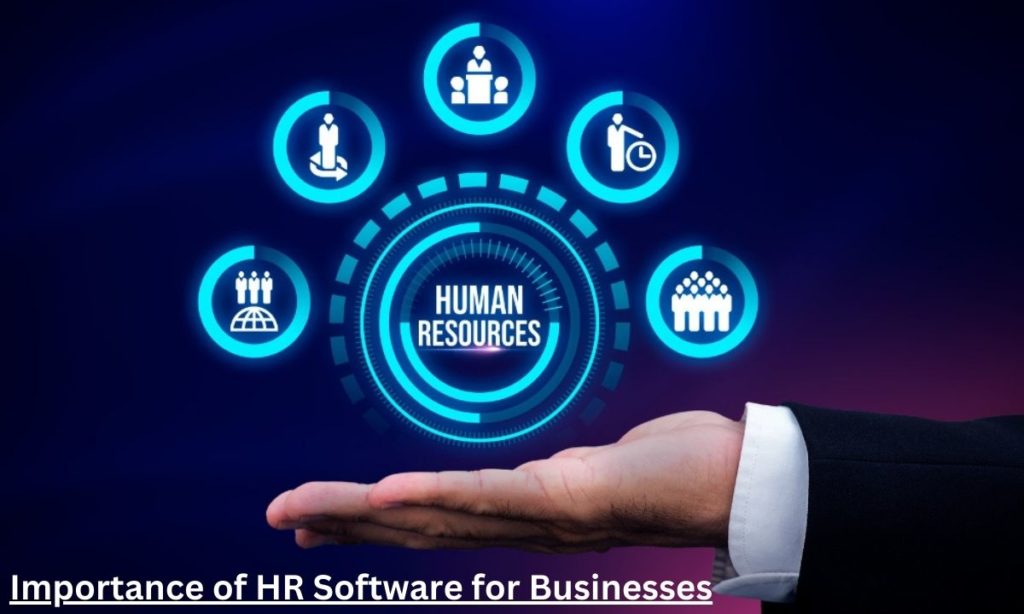SIM Cards: The Unsung Heroes of Mobile ConnectivitySIM Cards: The Unsung Heroes of Mobile Connectivity

In the world of mobile technology, it's easy to overlook the tiny piece of hardware that enables our phones to connect to the world around us. While smartphones get all the attention for their sleek designs, powerful processors, and groundbreaking features, the SIM card is often the unsung hero that makes it all possible. Though small in size, the SIM card is an essential part of mobile communication, enabling everything from voice calls and text messages to internet access and security.
What is a SIM Card?
A SIM card (Subscriber Identity Module) is a small, removable chip embedded with information that links a phone to its mobile network. Think of it as the phone’s passport to the mobile world. Without it, your phone would be nothing more than a glorified camera and calculator.
At its core, the SIM card serves two main functions: authentication and network access. It holds critical information like your phone number, service plan, and other vital details that identify you as a legitimate user of a mobile network. This allows your device to connect to the cellular towers that provide you with call and data services.
How Does a SIM Card Work?
When you insert a SIM card into a mobile device, it stores your International Mobile Subscriber Identity (IMSI), a unique code that distinguishes your phone number from others. When you turn on the phone, the device contacts the cellular network using the IMSI to authenticate your identity and verify that you're authorized to access the network.
Once authenticated, the SIM card allows you to:
- Make calls
- Send text messages
- Browse the internet
- Use mobile data services
The SIM card also stores certain keys for encrypting communication between your device and the network, ensuring that your calls and data are secure and private.
Evolution of SIM Cards: From the Beginning to eSIM
SIM cards have come a long way since their inception in the early 1990s. Initially, they were designed for use with GSM (Global System for Mobile Communications) networks and had a standard size of 25mm x 15mm. Over the years, as phones became slimmer and more compact, SIM cards also shrank in size.
- Standard SIM: The original SIM card size, still used in some older phones.
- Micro SIM: A smaller version introduced to accommodate more compact smartphones.
- Nano SIM: The smallest size of SIM card, used in most modern smartphones.
- eSIM (Embedded SIM): This is the latest innovation in SIM card technology. An eSIM is a digital SIM that is built into a device, meaning it cannot be physically removed. Users can switch carriers or change plans digitally, without needing to physically swap SIM cards.
The Importance of SIM Cards in Global Mobility
One of the major advantages of SIM cards is the ability to swap them between devices. If you want to switch phones, all you have to do is remove the SIM card from your old phone and insert it into your new one. This portability also extends to international travel. With a global or international roaming plan, travelers can use their SIM card in different countries to access local networks.
Moreover, many countries have a system known as SIM locking, where mobile devices sold by a specific carrier are tied to that carrier’s network. This means a phone bought in one country may not work with a different carrier’s SIM card unless it’s unlocked. This is why purchasing a phone that is compatible with various networks can be an important consideration when traveling abroad.
For those who travel frequently, swapping a local SIM card with a SIM from your home country can help reduce the cost of international roaming services, which can be particularly expensive. Some travelers choose to purchase a local SIM when they arrive at their destination, providing them with more affordable rates for calls and data usage.
eSIM: The Future of Mobile Connectivity
The rise of eSIM technology has paved the way for a new, more flexible future of mobile communication. Unlike traditional SIM cards, eSIMs are embedded directly into the device, which makes the process of switching between networks simpler than ever before. Instead of physically changing out a SIM card, eSIM technology allows users to update their mobile carrier and service plan directly from the device settings.
Here’s what makes eSIM technology particularly exciting:
- Multiple Profiles: You can store multiple mobile carrier profiles on a single eSIM. This means you can switch between carriers for different service plans, such as one for domestic use and another for international travel.
- Space-Saving Design: Without the need for a removable 無限上網卡 card, phones, tablets, and other devices can be designed to be thinner and lighter.
- Remote Activation: Changing your carrier or plan can be done remotely, reducing the need to visit a carrier’s store or wait for a physical SIM card to arrive in the mail.
Major smartphone brands like Apple and Google have already integrated eSIM capabilities into their latest models, and more carriers are adopting the technology. As 5G networks continue to roll out, the use of eSIMs is expected to grow rapidly, particularly in smart devices beyond phones, like wearables, tablets, and connected cars.
SIM Cards and Security
Another critical function of SIM cards is their role in maintaining mobile security. The SIM card stores encryption keys that ensure that communication between the device and the mobile network is secure. This is particularly important for voice calls and text messages, which were historically vulnerable to interception.
In addition, SIM cards help protect against fraud by requiring authentication when the device connects to the network. This authentication helps ensure that only legitimate users can access the service, preventing unauthorized access to sensitive information.
For extra protection, SIM card locks are available, which require a PIN code to unlock the card if it’s removed and placed in another device. This adds a layer of security to your personal information in case the phone is lost or stolen.
SIM Card Alternatives and Challenges
Despite the rise of eSIM, traditional SIM cards are still far from obsolete. Some devices, particularly low-cost phones and those designed for emerging markets, may still rely on removable SIM cards. However, challenges remain in the widespread adoption of eSIM technology, especially in regions where mobile networks and regulatory policies have not fully supported it.
Another hurdle to global SIM card adoption is interoperability. In some parts of the world, there are different types of networks that require different SIM card standards, which can create problems for users who travel frequently. However, the growth of global carriers and roaming agreements is helping to ease these concerns.
Conclusion: The SIM Card's Unwavering Role in Modern Connectivity
Although the world of mobile technology has evolved significantly, the SIM card remains an indispensable part of our daily lives. Whether it's allowing you to switch between phones, connect to a network, or protect your information from unauthorized access, the SIM card plays a vital role in making mobile communication seamless and secure.
As the industry shifts toward eSIM technology and more integrated devices, the humble SIM card will continue to evolve, offering more convenience and functionality to meet the needs of a rapidly advancing digital world. The next time you pop your SIM into a new phone or use it to stay connected while traveling, remember the tiny chip inside is more than just a piece of plastic—it's the gateway to global connectivity.



